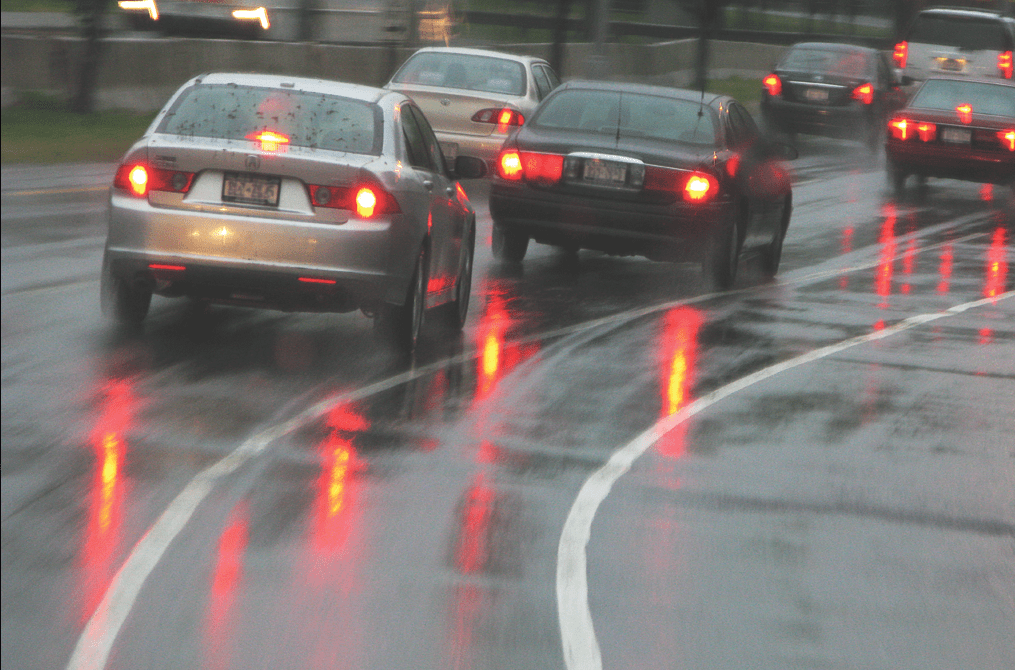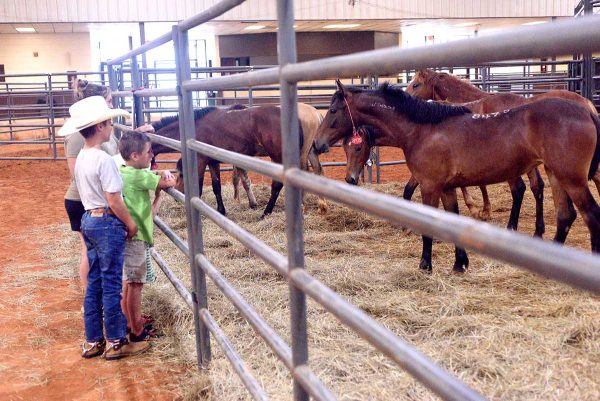Rainfall after a drought creates dangerous driving conditions
Published 11:15 am Tuesday, November 29, 2016

- Drivers Car Rain
AAA Alabama is reminding drivers to use caution out on the roads after the rain that has fallen this week.
A build-up of oil and grease on the highways mixes with rain, creating very slick road conditions, and because of the extended period of time since Alabama last saw rain, this issue will be much more serious than normal.
The oil and water mixture cause roadways to be very slick, and they will remain so until the coating is washed away. Because of the recent drought, this oil and grease build-up will be much heavier than usual and will take more time to wash away. AAA warns drivers of this condition and encourages them to be aware that roads will be considerably more dangerous than usual over the next few days.
Drivers can consider the following techniques when driving in wet weather:
• Allow more travel time. Plan to drive at a slower pace than normal when the roads are wet. Rushing equals a higher risk for collision.
• Buckle up. Also confirm the position of mirrors before you start the vehicle.
• Keep your windshield and windows clean. It’s important to clean the inside of your windows. If the glass gets foggy, open a window slightly and turn the defroster fan to a higher speed. Use your air conditioner to reduce humidity.
• Keep headlights clean. When motorists drive on wet streets, mud and dirt can splash onto your headlights, reducing illumination by up to 90 percent. Stop periodically during a long trip to clean your headlights.
• Drive with your daytime running lights or low-beam headlights on at all times – especially on dark or overcast days. Also use low-beam headlights in fog.
• Recognize a crisis. When visibility is so limited drivers cannot see the edges of the road or other vehicles at a safe distance, the driver should consider pulling off the road and waiting for the rain to ease up. It’s best to stop at a rest area or exit the freeway and go to a protected area. If the roadside is your only option, pull off of the road as far as you can, preferably past the end of a guardrail.
• Wet roads mean poor traction. Conditions are most dangerous during the first 10 minutes of heavy downpour, as oil and other debris rise up and then wash away. Knowing how to handle poor traction reduces the potential for hydroplaning, skidding or getting stuck in the mud.
• Avoid using cruise control in wet weather driving conditions. This feature works great in dry weather scenarios, but when used in wet conditions the chance of losing control of your vehicle increases.
• Sudden braking often leads to skids. Stopping on a slippery surface requires more distance, so increase your following distance. Focus your attention as far ahead as possible – at least 20 to 30 seconds. Give a truck or bus extra distance.
With eleven offices across Alabama and more than one thousand offices nationwide, AAA is North America’s largest motoring and leisure travel organization. AAA provides travel, insurance, financial and automotive-related services to more than 375,000 Alabama members and more than 56 million members nationwide. Since its founding in 1902, the not-for-profit, AAA has been a leader and advocate for the safety and security of all travelers. AAA clubs can be visited on the Internet at www.AAA.com.


